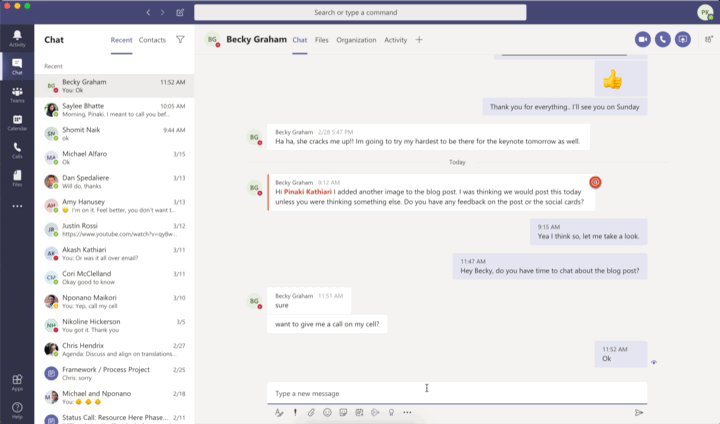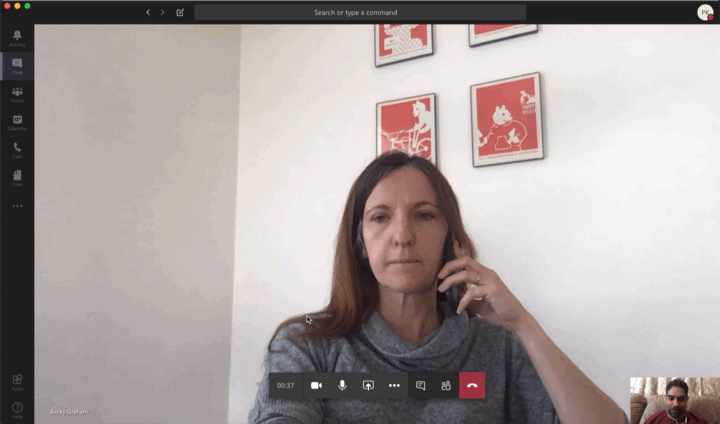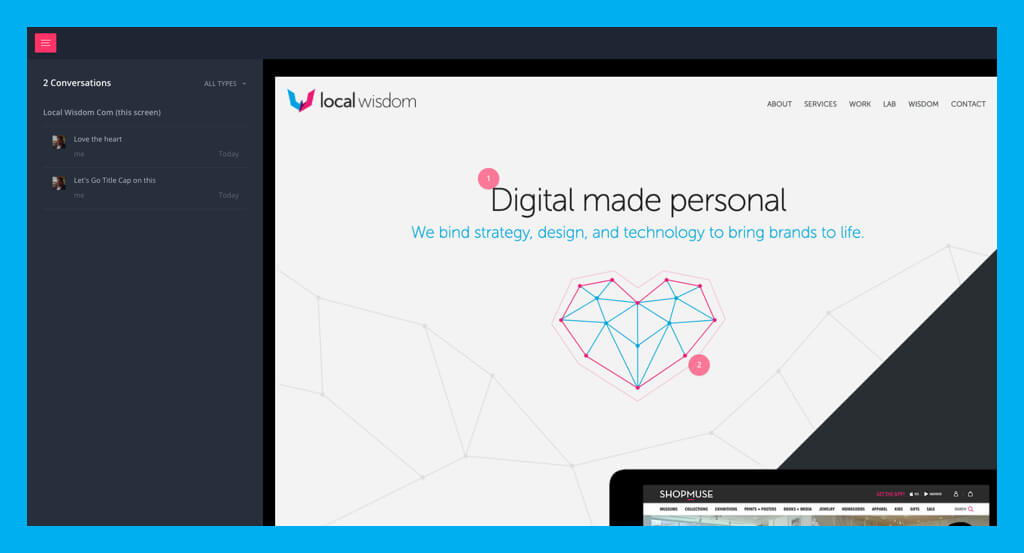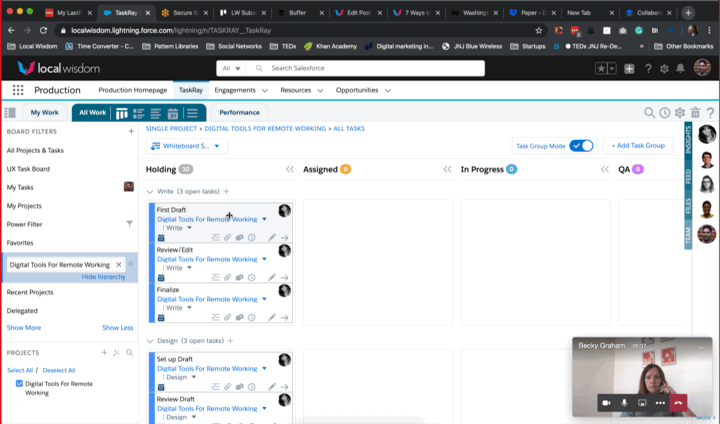7 Ways to Use Digital Communication Tools When Working Remotely
As we’re now officially in a pandemic situation with Coronavirus shutting down offices, closing schools, and creating states of emergency, we all should be preparing ourselves for self-quarantine and working from home to limit exposure to the outbreak. At Local Wisdom, we offer a flexible work environment to support our employees’ lives. We have adapted ways to be efficient and profoundly productive by using digital communication tools when working remotely. I worked with the Co-Founder of Resource Hero, William Kuehler for over a year developing a SAAS product without meeting in person once. If we can do it, so can you!
Here are seven ways you can use technology for support as you work from home.
#1 – How should I reach you?
Talk to your co-workers individually about circumstances that warrant a call, text, chat message, email, or use of another channel you might have. You could find out how often a person checks their email and see how a call or text might be better for urgent matters. You’ll also develop a mutual understanding of what’s appropriate so that when you do reach out, you won’t have to spend time debating or worrying about how to reach out.

#2 – Rev up your web cam
We get the most out of face to face conversation because of the cues we get from body language and facial expression. Not to mention, people love seeing your gorgeous face (it’s true)! Turn on the webcam before the meeting starts. If others don’t turn theirs on, keep yours on and give everyone the most out of your communication. The act of being seen will also force you to keep morning routines of getting ready and dressed, which mentally prepares you from the shift from home to work.

We currently use Microsoft Teams for our needs, but some other tools we would recommend are:
#3 – Share what you see
Similarly, be quick to initiate (or request) screen sharing. If everyone can quickly view your screen this will leave less to their imaginations and assumptions. When we use words to describe what we are envisioning, the picture that one person imagines can be different from another person and can create confusion. Sharing computer screens is a great way to review documents, designs, doodles, and more to close the gap of understanding with members of your team.

Our recommendations for successful screen shares are:
#4 – Collaborate in real-time
Emailing documents to multiple people and playing virtual ping pong while offering feedback and edits is coming to an end; it’s ridiculously inefficient. Set up ways to collaborate on documents in real-time. Having changes and comments organized in a central location increases efficiency. Setup shared folders with your team where everyone can access and edit documents as you collaborate. Taking these steps and using collaboration will help you speed up work as if you were co-creating in the same room.

Tools that have worked well for our teams are:
#5 – Centralize feedback commentary
Continuing on the path of not using email to facilitate review and feedback; use annotation tools for more complex deliverables. When getting team feedback on PDF documents, images/graphics, websites, or videos, use annotation tools that allow everyone to get the same experience and provide feedback. Centralizing feedback also helps to consolidate it, especially when you see comments that contradict each one another. We recently shared more in-depth thoughts about annotation on the Local Wisdom website.

Our
recommendations for this are:
Invision
#6 – Create a shared to-do list
Project management tools help to coordinate teams and tasks. If you’re a parent, you probably would love something like this to manage your teens’ activities. Shared task lists keep everyone aware of who is doing what and helps organize our work. Checklists also give us the ability to create significant efficiency by creating and re-using templates for standard processes. Using a tool to view shared tasks will mitigate follow up communications and the need to confirm whether someone knows she/he should be working on a task.

We primarily use Salesforce and TaskRay but some other tools that work well for project management are:
#7 – Sync work in the cloud
With technology and internet speeds today, there’s no reason not to sync your files to the cloud. There are several good reasons for this, in particular, having an immediate back up in case something happens to your computer, allowing you to quickly access files on your mobile device, and from a team communication perspective, being able to share files instantly. Let’s not fumble with uploading or emailing files and waiting for it to traverse the Internet. Instead, make files immediately available to your team using the cloud and shared spaces.

We’ve used several of these tools and think they are great options:
In conclusion, whether your teams work remotely 100% of the time or less, they need to use digital communication tools when working remotely to keep work moving in an efficient and effective way. When you don’t have the luxury of walking up to someone’s desk or cubicle, it’s important that the ability to communicate is still present and readily available. As many of us are forced to work from home during this pandemic, it’s an excellent time to talk and test out these tools, and not skip a beat when it comes to your teams’ productivity.





